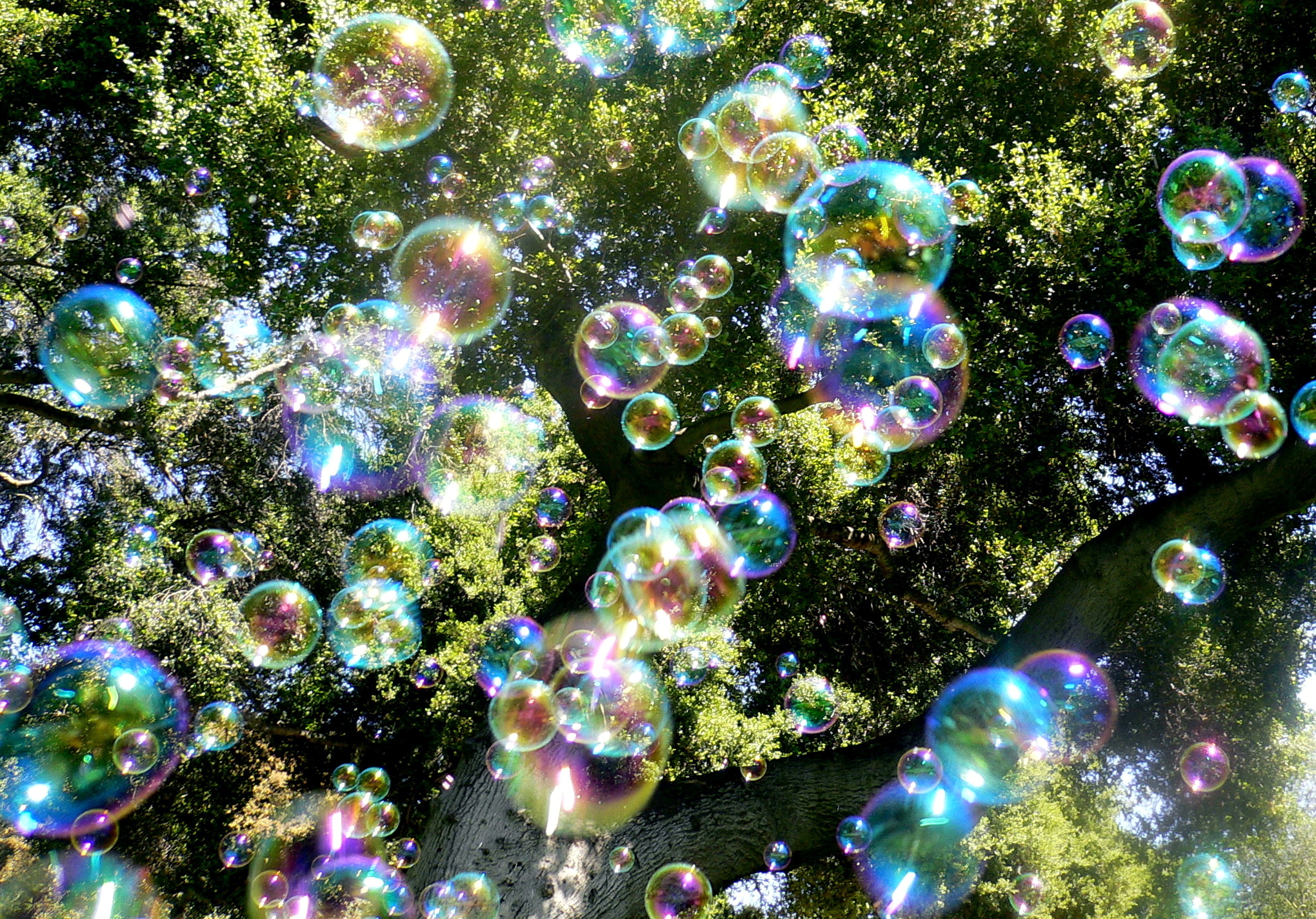
Steve Jurvetson (https://www.flickr.com/photos/44124348109@N01/10525957/) CC-by-2.0 (https://creativecommons.org/licenses/by/2.0/)
A mathematician has suggested that the distribution of dialects can be linked to the physics of bubbles.
Sounds weird? There seems to be something to this idea. Just as small bubbles merge into larger ones in the tub, groups of dialect speakers tend to merge with their nearest neighbors, creating larger pockets of a common dialect. The dialects tend to be more influenced by larger cities than smaller towns, similar to the way in which smaller bubbles are drawn to merge with larger ones.
While this may not explain the American phenomenon of soda vs. pop vs. Coke, which seems to have its own peculiar bubble structure, it does go a ways toward suggesting an explanation between why many people from near a city sound like they could be from that city. You can read more about it here!
Follow us online: